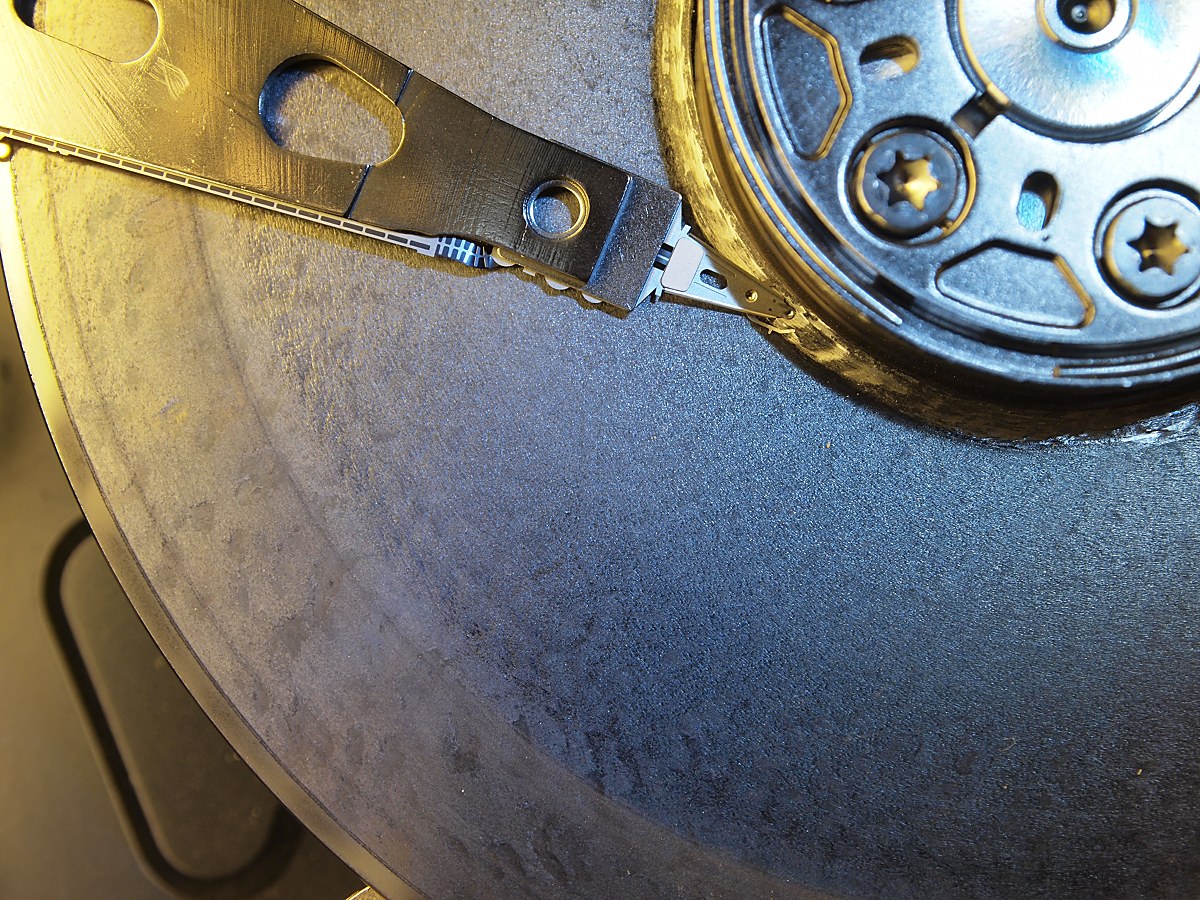|
Internal Hard-drive Defect Management
Internal hard-drive defect management is a system present in hard drives for handling of bad sector A bad sector in computing is a disk sector on a disk storage unit that is permanently damaged. Upon taking damage, all information stored on that sector is lost. When a bad sector is found and marked, the operating system like Windows or Linux will ...s. The systems are generally proprietary and vary from manufacturer to manufacturer, but typically consist of a "P" (for "permanent" or "primary") list of bad sectors detected in the manufacturing stage and a "G" (for "growth") list of bad sectors that crop up after manufacturing. Many disk/controller subsystems reserve storage to remap defective disk sectors. The drive automatically creates its initial remapping information and has the additional ability to dynamically remap "grown" defects. Because the drive is remapping its own bad sectors, software may not detect growing numbers of bad sectors until later stages of gradual hard-disk ... [...More Info...] [...Related Items...] OR: [Wikipedia] [Google] [Baidu] |
Hard Drive
A hard disk drive (HDD), hard disk, hard drive, or fixed disk is an electro-mechanical data storage device that stores and retrieves digital data using magnetic storage with one or more rigid rapidly rotating platters coated with magnetic material. The platters are paired with magnetic heads, usually arranged on a moving actuator arm, which read and write data to the platter surfaces. Data is accessed in a random-access manner, meaning that individual blocks of data can be stored and retrieved in any order. HDDs are a type of non-volatile storage, retaining stored data when powered off. Modern HDDs are typically in the form of a small rectangular box. Introduced by IBM in 1956, HDDs were the dominant secondary storage device for general-purpose computers beginning in the early 1960s. HDDs maintained this position into the modern era of servers and personal computers, though personal computing devices produced in large volume, like cell phones and tablets, rely ... [...More Info...] [...Related Items...] OR: [Wikipedia] [Google] [Baidu] |
Bad Sector
A bad sector in computing is a disk sector on a disk storage unit that is permanently damaged. Upon taking damage, all information stored on that sector is lost. When a bad sector is found and marked, the operating system like Windows or Linux will skip it in the future. Details A bad sector is the result of mechanical damage, most commonly caused by a head crash, manufacturing flaw(s), wear-and-tear, physical shock, sudden power outages, or dust intrusion. Bad sectors are a threat to information security in the sense of data remanence. Very often physical damages can interfere with parts of many different files. Operating system Bad sectors may be detected by the operating system or the disk controller. Most file systems contain provisions for sectors to be marked as bad, so that the operating system avoids them in the future. Disk diagnostic utilities, such as CHKDSK (Microsoft Windows), Disk Utility (on macOS), or badblocks (on Linux) can actively look for bad sectors upo ... [...More Info...] [...Related Items...] OR: [Wikipedia] [Google] [Baidu] |
Hard-disk Failure
A hard disk drive failure occurs when a hard disk drive malfunctions and the stored information cannot be accessed with a properly configured computer. A hard disk failure may occur in the course of normal operation, or due to an external factor such as exposure to fire or water or high magnetic fields, or suffering a sharp impact or environmental contamination, which can lead to a head crash. The stored information on a hard drive may also be rendered inaccessible as a result of data corruption, disruption or destruction of the hard drive's master boot record, or by malware deliberately destroying the disk's contents. Causes There are a number of causes for hard drives to fail including: human error, hardware failure, firmware corruption, media damage, heat, water damage, power issues and mishaps. Drive manufacturers typically specify a mean time between failures (MTBF) or an annualized failure rate (AFR) which are population statistics that can't predict the behavior of ... [...More Info...] [...Related Items...] OR: [Wikipedia] [Google] [Baidu] |

